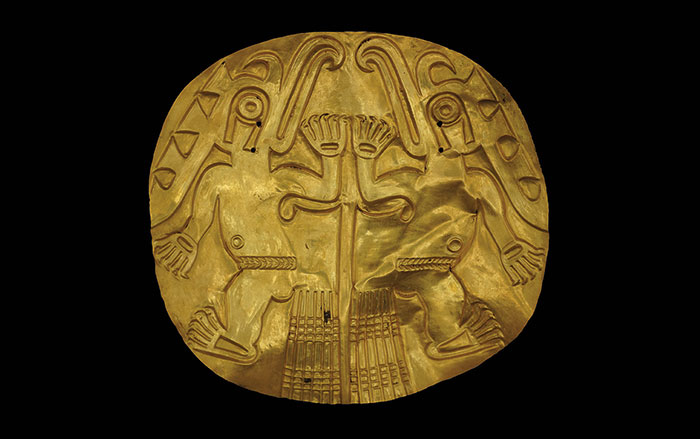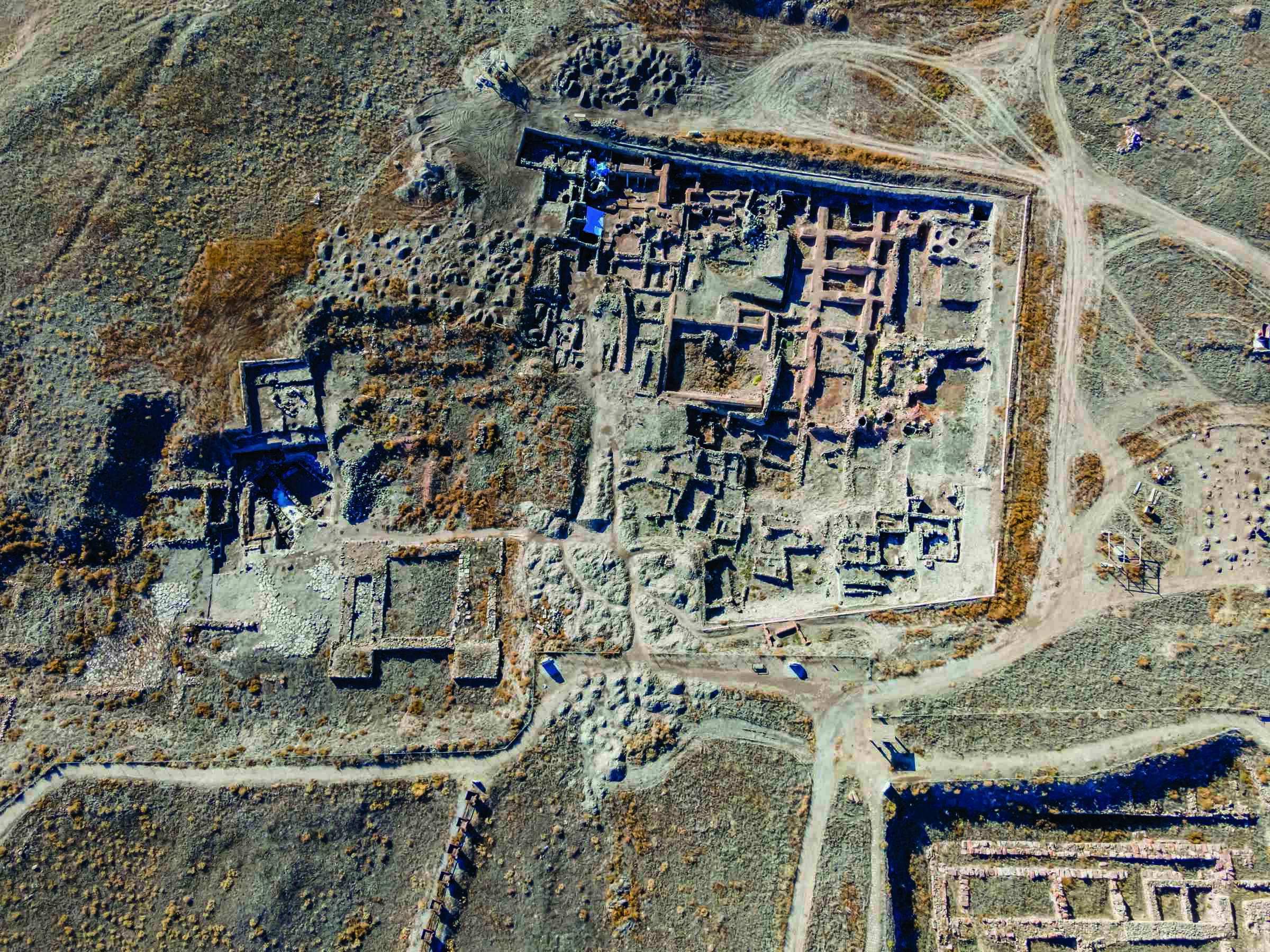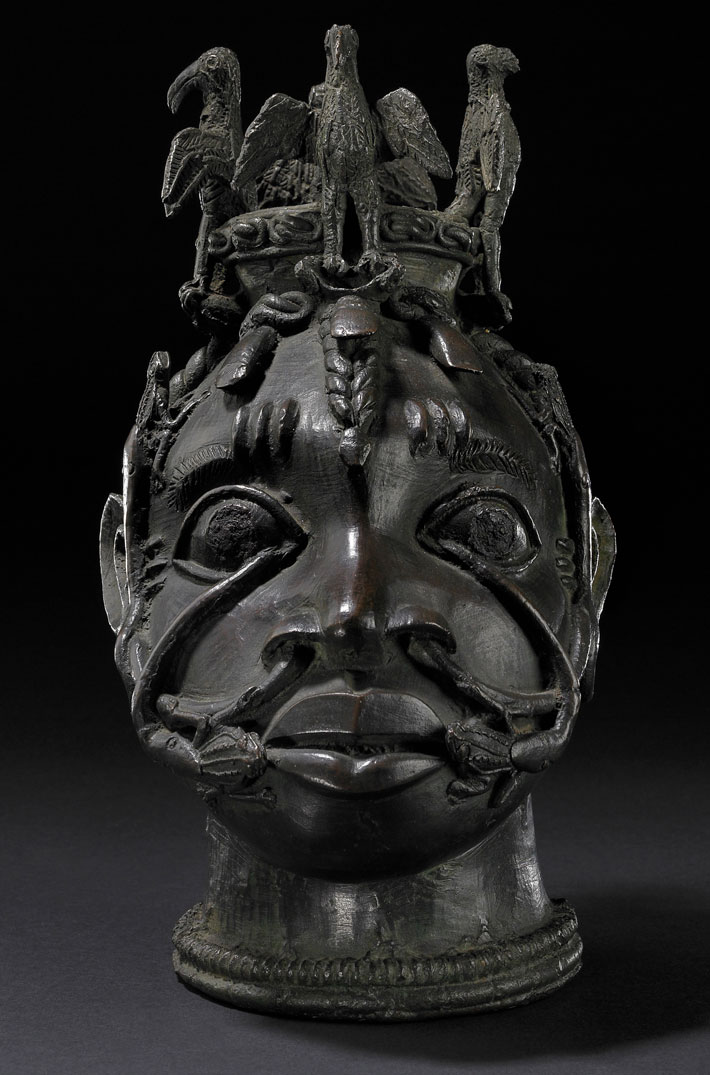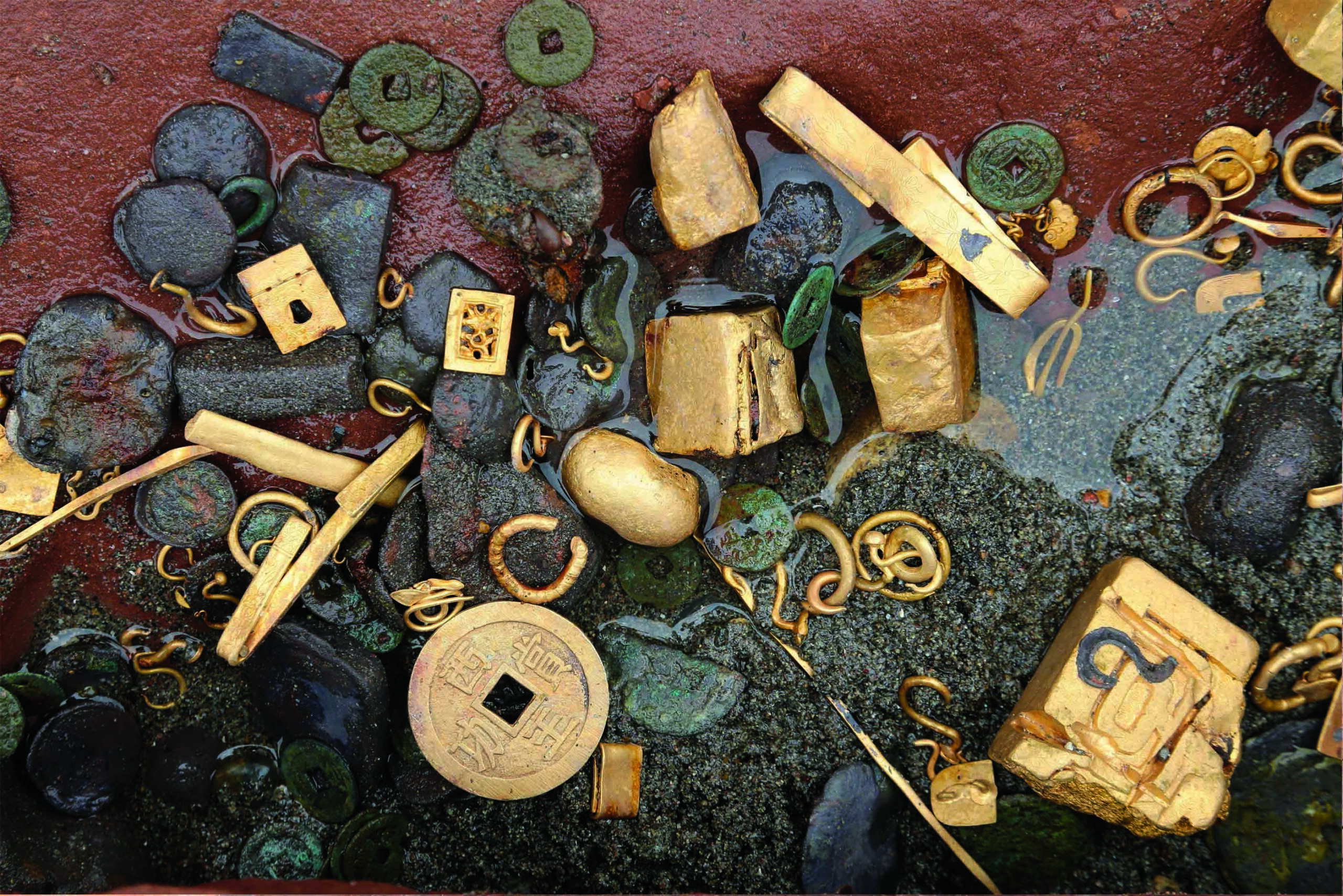NARA PREFECTURE, JAPAN—The Asahi Shimbun reports that researchers from the Archaeological Institute of Kashihara have created a replica of a coffin dated to the late seventh or early eighth century A.D. Fragments of the cedar coffin were discovered in 1972 in the Takamatsuzuka burial mound in Asuka, Japan’s imperial capital from A.D. 593 to 710. At the time, the tomb was noted for its murals, which have been designated as national treasures. The exterior of the replica coffin is coated in black lacquer, while the interior is coated with red pigment mixed with traces of mercury. The coffin’s fittings are made of a gold-copper alloy. Now on display at Nara’s Museum of the Archaeological Institute of Kashihara, the replica coffin rests on a gold-plated lacquer stand. To read about hidden Buddhist paintings in a Kyoto temple that may date to the later Asuka period, go to "Around the World: Japan."
1,300-Year-Old Coffin Reproduced in Japan
News December 12, 2023
SHARE:
Recommended Articles

Photos by Julia Mayo, Courtesy of Fundación El Caño
Digs & Discoveries May/June 2024
Speaking in Golden Tongues

(Egyptian Ministry of Tourism & Antiquities)
Artifacts July/August 2023
Norse Gold Bracteate

(Arnold Mikkelsen, National Museum of Denmark)
Digs & Discoveries July/August 2023
Hybrid Hoard

(Photo © Archeologie West-Friesland/Fleur Schinning)
-
Features November/December 2023
Assyrian Women of Letters
4,000-year-old cuneiform tablets illuminate the personal lives of Mesopotamian businesswomen
 (Attraction Art/Adobe Stock)
(Attraction Art/Adobe Stock) -
Letter from El Salvador November/December 2023
Uneasy Allies
Archaeologists discover a long-forgotten capital where Indigenous peoples and Spanish colonists arrived at a fraught coexistence
 (Courtesy Roger Atwood)
(Courtesy Roger Atwood) -
Artifacts November/December 2023
Sculpture of a Fist
 (Museum of Fine Arts, Boston/Bridgeman Art Library)
(Museum of Fine Arts, Boston/Bridgeman Art Library) -
Digs & Discoveries November/December 2023
The Benin Bronzes’ Secret Ingredient



